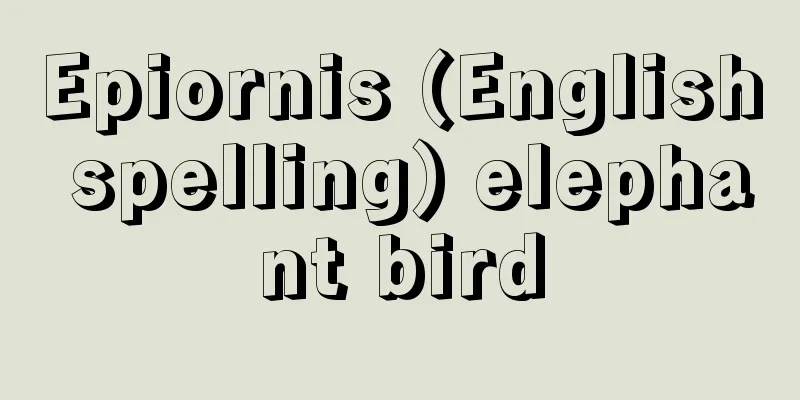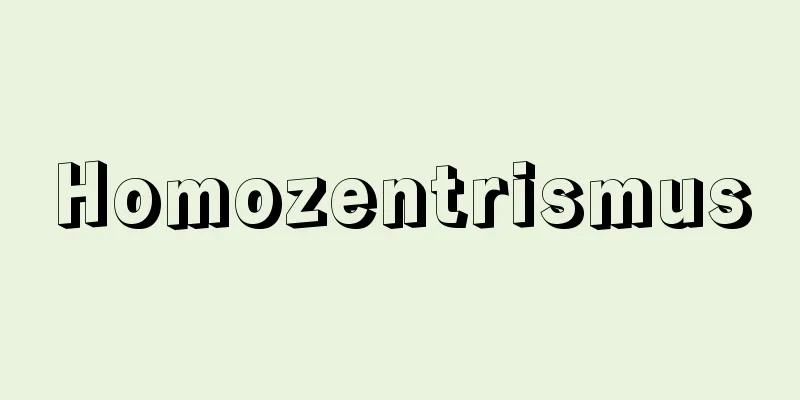Psychological novel

|
A novel that focuses on the inner workings of a person's mind and its analysis and observation. It is contrasted with realistic novels, which depict people as members of society from the outside. In France, where chivalric love stories and court culture were most developed, a series of works representative of this tendency were produced, beginning with Madame de Lafayette's Madame de Cleves (1678), followed by Prévost's Manon Lescaut (1731), Laclos' Dangerous Liaisons (1782), Constant's Adolphe (1816), and Fromentin's Dominique (1863). All of these are intellectual novels that dynamically analyze the intricacies of the psychology of love, and their lineage ranges from Gide's The Narrow Gate (1909) and Pastoral Symphony (1919), Radiguet's The Ball of Comte d'Orgel (1924) to Sollers' Strange Solitude (1958), and they were particularly popular between the two world wars. Stendhal's The Red and the Black (1830) and The Abbaye de Parme (1839) also show a notable analytical tendency, but like Balzac in The Lilies of the Valley (1836), he perceived human psychology in correlation with the social environment, and created a full-length form with a more comprehensive perspective that combined the realism of social observation with psychological analysis of the inner world of characters, which became the mainstream of modern novels thereafter. The most extreme form of this is Proust's long novel In Search of Lost Time (1913-27), which pursues the phenomenon of memory intermittency and analyzes the inner world of a person in minute detail while vividly recreating the customs of decadent upper class society. Others who invented new types of psychological novels include the Russian Dostoevsky, who exposed the illogical ambiguity of the human mind, the British Joyce, who wrote his groundbreaking masterpiece Ulysses (1922) by making full use of the "interior monologue" that establishes a "stream of consciousness," and V. Woolf, who revealed the diffuse discontinuity of consciousness. What they all have in common is that they rejected the French psychoanalytic novel and expanded the scope of their exploration to the realm of the unconscious, thus echoing the results of psychoanalysis by Freud and others. In Japan, sophisticated psychological analysis was already seen in Futabatei Shimei's "Ukigumo," and the works of Natsume Soseki can also be considered psychologicalism aiming for the abyss, but following the Shinkankakuha writers Yokomitsu Riichi and Kawabata Yasunari, Hori Tatsuo with "Holy Family" (1930) and Ito Sei with "Phantom Town" (1937) attempted full-scale psychological novels under the influence of Proust, Joyce, and Radiguet. After World War II, Ooka Shohei, Mishima Yukio, Nakamura Shinichiro, Fukunaga Takehiko, and others continued this lineage. If we include Dostoevsky in the category of psychological novels, then the influence of others, including Haniya Yutaka, Takeda Taijun, and Noma Hiroshi, is so great that it is impossible to define its scope, and in a sense, all novels since Stendhal have aspects of psychological novels. [Atsuyoshi Hiraoka] "The History of the Modern Novel, by R.M. Alberes, translated by Yoshiaki Shinjo and Atsuyoshi Hiraoka (1965, Shinchosha)" ▽ "New Psychological Literature, by Sei Ito (1932, Kouseikaku)" Source: Shogakukan Encyclopedia Nipponica About Encyclopedia Nipponica Information | Legend |
|
人間内部の心理の動きに焦点をあて、その分析、観察を主眼とする小説。社会の成員としての人間を外側から描写する写実小説と対比される。騎士道恋愛物語と宮廷文化のもっとも発達したフランスで、ラファイエット夫人の『クレーブの奥方』(1678)に端を発し、プレボーの『マノン・レスコー』(1731)、ラクロの『危険な関係』(1782)、コンスタンの『アドルフ』(1816)、フロマンタンの『ドミニック』(1863)といった、この傾向を代表する一連の作品が生まれた。いずれも恋愛心理の綾(あや)を力学的に分析した主知的な小説で、その系譜はジッドの『狭き門』(1909)や『田園交響楽』(1919)、ラディゲの『ドルジェル伯の舞踏会』(1924)からソレルスの『奇妙な孤独』(1958)にまで及び、とりわけ両次世界大戦間に流行した。スタンダールの『赤と黒』(1830)や『パルムの僧院』(1839)にも分析的傾向が著しいが、彼は『谷間の百合(ゆり)』(1836)のバルザックと同様、人間心理を社会環境との相関関係においてとらえ、社会観察の写実主義と人物内面の心理分析とを総合した、いっそう全体的な視野にたつ長編形式を創造し、以後、それが近代小説の主流となった。そのもっともつきつめた形が、記憶の間欠という現象を追求して、一人の人間の内面を微に入り細をうがって分析すると同時に、退廃的な上流社会の風俗を鮮やかに再現した、プルーストの大長編『失われた時を求めて』(1913~27)である。そのほか、人間の心の非論理的あいまいさを暴き出したロシアのドストエフスキー、イギリスでは、「意識の流れ」を定着する「内的独白」を駆使して、画期的な大作『ユリシーズ』(1922)を書いたジョイス、意識の拡散的不連続性を明らかにしたV・ウルフらが、それぞれに新しいタイプの心理小説を創始した。彼らに共通するのは、フランス的心理分析小説を否定し、無意識の領域にまでその探索の範囲を広げて、フロイトらの精神分析学の成果と呼応していることである。 日本では、すでに二葉亭四迷(ふたばていしめい)の『浮雲』に精妙な心理分析がみられ、夏目漱石(そうせき)の諸作品も深淵(しんえん)を目ざす心理主義とみなすことができるが、新感覚派の横光利一、川端康成(やすなり)らに続いて、『聖家族』(1930)の堀辰雄(たつお)、『幽鬼の街(まち)』(1937)の伊藤整(せい)が、プルースト、ジョイス、ラディゲの影響下に本格的心理小説を試みた。第二次世界大戦後、大岡昇平、三島由紀夫(ゆきお)、中村真一郎、福永武彦(たけひこ)らがこの系譜を受け継いでいる。 ドストエフスキーまで心理小説に含めると、埴谷雄高(はにやゆたか)、武田泰淳(たいじゅん)、野間宏(ひろし)をはじめ、範囲を画定することが不可能なくらいその影響が大きく、ある意味では、スタンダール以来のすべての小説は心理小説としての側面を備えている。 [平岡篤頼] 『R・M・アルベレス著、新庄嘉章・平岡篤頼訳『現代小説の歴史』(1965・新潮社)』▽『伊藤整著『新心理主義文学』(1932・厚生閣)』 出典 小学館 日本大百科全書(ニッポニカ)日本大百科全書(ニッポニカ)について 情報 | 凡例 |
<<: Psychological anthropology
Recommend
Tetraneura
...In Tokyo, they are called "Oowata" o...
Kyoya Taku
…In reality, it flows out of the Yellow River nor...
SD (System)
...SD is a method of clarifying the characteristi...
ARRL
…It is entitled to participate in ITU committees ...
Tsurugi [town] - Tsurugi
An old town in Ishikawa County, southern Ishikawa ...
Soil erosion - Dojoshinshoku
Soil loss caused by rain, wind, or running water. ...
Concealed mimicry
A type of animal mimicry. In the example of an inc...
Umuda - Umuda
...As a result, the phenomenon of land concentrat...
Autumn season - Kishu
〘Noun〙 ("season" means the end) The end ...
Bonifatius (English spelling)
A Christian saint. Born to an aristocratic family...
The Thibaults - The Thibaults
A long novel by French author Martin du Gard. Pub...
Right Wind - Shofu
〘Noun〙① = shoufutei (correct style) ①※Jikkain Saih...
Well God - Idogami
〘Noun〙 Water deity worshipped at wells. Deity that...
SIB - SIB
The Securities and Investments Board (SEC) is an o...
Camillus, Marcus Furius
[raw]? [Died] 365 years ago Roman soldier and stat...









